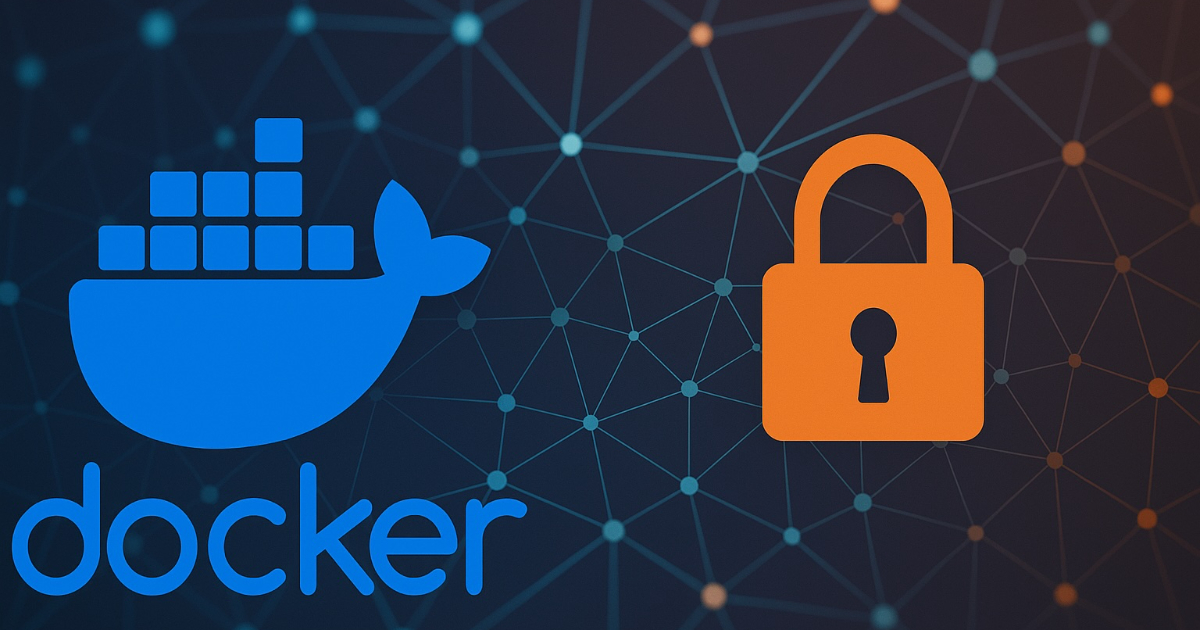Everyone’s an IT decision-maker now. The employees in your organization can install a plugin with just one click, and they don’t need to clear it with your team first. It’s great for productivity, but it’s a serious problem for your security posture.
When the floodgates of SaaS and AI opened, IT didn’t just get democratized, its security got outpaced. Employees are onboarding apps faster than security teams can say, “We need to check this out first.” The result is a sprawling mess of shadow IT, embedded AI, and OAuth permissions that would make any CISO break into a cold sweat.
Here are five ways IT democratization can undermine your organization’s security posture and how to prevent it from doing so.
1. You can’t secure what you can’t see
Remember when IT security used to control what was allowed to pass the firewall? Good times. Today, anyone can find an app to do the heavy lifting for them. They won’t notice or care when the app requires access to your company’s Google Drive or has embedded AI. These apps are entering your stack right under your nose. The process is fast, decentralized, and a security nightmare.
How to solve it:
You need full visibility into the entire application stack, including any shadow IT or shadow AI in use. How can this be achieved? This comes down to one question: How good is your discovery? Wing automatically discovers every app in use, whether its SaaS, internal app, if it has embedded AI or if it’s an AI agent, even the ones hiding behind personal logins, OAuth connections, and browser extensions. It surfaces the risk levels, flags redundant or suspicious tools, and gives you the power to review, restrict, or remove them.
2. The growing attack surface of Shadow AI
AI tools are tech’s new shiny object and your organization’s users are all in. From copy to deck generators, code assistants, and data crunchers, most of them were never reviewed or approved. The productivity gains of AI are huge. Productivity has been catapulted forward in every department and across every vertical.
So what could go wrong? Oh, just sensitive data leaks, uncontrolled API connections, persistent OAuth tokens, and no monitoring, audit logs, or privacy policies… and that’s just to name a few of the very real and dangerous issues.
How to solve it:
You need a discovery tool that detects where AI is being used and how, even when it’s embedded within applications. Wing continuously detects apps with embedded AI, AI agents and Agetic AI across your environment, not just the ones you’re aware of, but also the ones that snuck into your stack unnoticed. It even alerts you when an app in use suddenly adds AI capabilities, so you are aware of this and not caught by surprise.
3. Supply chain breaches: your weakest link
Modern SaaS stacks form an interconnected ecosystem. Applications integrate with each other through OAuth tokens, API keys, and third-party plug-ins to automate workflows and enable productivity. But every integration is a potential entry point — and attackers know it.
Compromising a lesser-known SaaS tool with broad integration permissions can serve as a stepping stone into more critical systems. Shadow integrations, unvetted AI tools, and abandoned apps connected via OAuth can create a fragmented, risky supply chain. Worse, many of these connections operate outside the security team’s visibility, especially when installed by end users without formal review or approval.
This supply chain sprawl introduces hidden dependencies and expands your attack surface — turning SaaS connectivity from a productivity driver into a threat vector.
How to solve it:
You need complete visibility into your app-to-app ecosystem. Wing Security maps every integration across your stack, showing not just which SaaS and internal apps are connected, but how. This includes OAuth tokens, API scopes, and data access levels. Shadow and user-installed integrations are flagged so you can assess their security posture at a glance. With Wing, you can monitor third-party access continuously, enforce integration policies, and revoke risky connections before they become threats.
4. Compliance: yours and your vendors’
Let’s be honest – compliance has become a jungle due to IT democratization. From GDPR to SOC 2… your organization’s compliance is hard to gauge when your employees use hundreds of SaaS tools and your data is scattered across more AI apps than you even know about. You have two compliance challenges on the table: You need to make sure the apps in your stack are compliant and you also need to assure that your environment is under control should an audit take place.
How to solve it:
You need visibility into all of the apps in your stack, but also how they add up when it comes to compliance. Wing gives you what you need by identifying all apps in use and if they are compliant with industry regulations like SOC2. Bottom line? If you’re subject to an audit, you’ll be ready.
5. Offboarding: the users you forgot about
IT democratization didn’t just change how tools get adopted, but how access gets removed. When employees leave, their personal app accounts, browser extensions, and third-party integrations often stick around. Still active, connected and accessing corporate data.
This creates a serious security risk. Former employees often retain active OAuth tokens connected to corporate systems. Tools connected through personal accounts may continue to sync sensitive company data to external environments, creating hidden data exposure risks. Even if the employee left the company on good terms, their leftover access can later be exploited if their accounts are compromised. And because many of these apps aren’t visible to IT security, they are extra risky.
How to solve it:
You need to be able to see all identities connected to applications in your system – both human and non-human. Both active and stale, including those no longer with the company. Wing detects lingering accounts, tokens, and app access tied to former employees, even across apps you didn’t know they used, ensuring nothing stays connected that shouldn’t be.
The bottom line
You can’t put the IT democratization genie back in the bottle. Your teams will keep exploring new tools, connecting apps, and experimenting with AI. But you also can’t turn a blind eye. You need continuous visibility that helps you take back control over your quickly expanding attack surface. More than just having a list of all unsanctioned apps, you need to know who has access to them, if they pose a risk to your organization, and you need the ability to act fast if a response is necessary. Context is key when it comes to securing the application attack surface.
Wing helps you embrace agility without sacrificing safety. We bring visibility to your chaos and control back to your team, without slowing your organization down.
Ready to see what’s hiding in your stack? See what Wing can show you.









